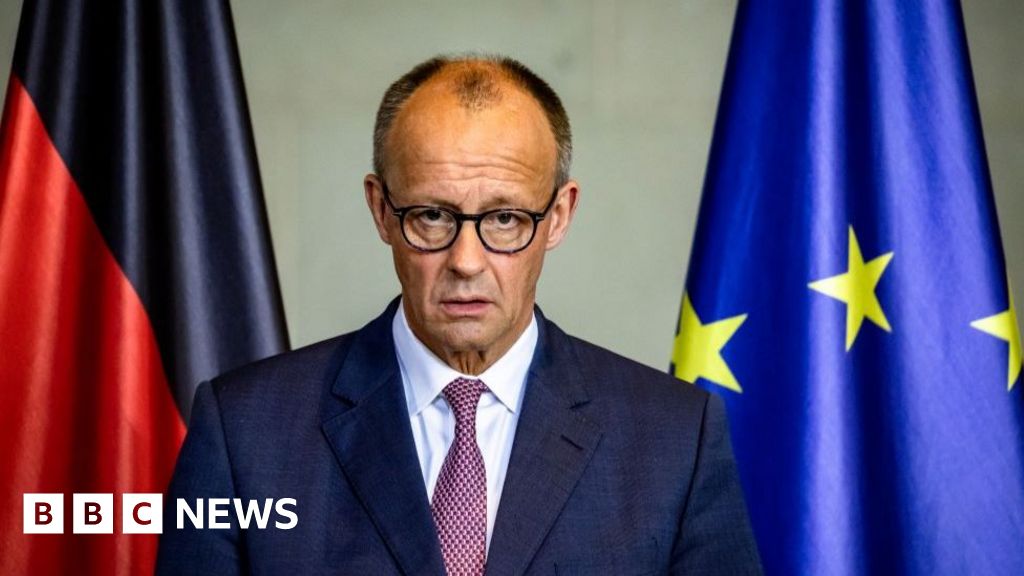- Education
AOLThe best smart speakers for seniors of 2025, tested by AOL
时间:2010-12-5 17:23:32 作者:Olympics 来源:Environment 查看: 评论:0内容摘要:Irwin was taken home to his family in downtown Durango, a tourism hub of 20,000 residents that is known for mountain tours on a narrow-gauge train.Irwin was taken home to his family in downtown Durango, a tourism hub of 20,000 residents that is known for mountain tours on a narrow-gauge train.
On the research farm, Tom Petty’s “Free Fallin’” was serenading a piglet barn, where music acclimates the youngsters to human voices. In air-conditioned pens, the animals grunted excited greetings until it’s obvious their visitors brought no treats. The 3-week-olds darted back to the security of mom. Next door, older siblings laid down for a nap or checked out balls and other toys.“It is luxury for a pig,” Ayares said. “But these are very valuable animals. They’re very smart animals. I’ve watched piglets play with balls together like soccer.”

About 300 pigs of different ages live on this farm, nestled in rolling hills, its exact location undisclosed for security reasons. Tags on their ears identify their genetics.“There are certain ones I say hi to,” said Suyapa Ball, Revivicor’s head of porcine technology and farm operations, as she rubbed one pig’s back. “You have to give them a good life. They’re giving their lives for us.”A subset of pigs used for the most critical experiments – those early attempts with people and the FDA-required baboon studies – are housed in more restricted, even cleaner barns.

But in neighboring Christiansburg is the clearest signal that xenotransplantation is entering a new phase — the sheer size of United Therapeutics’ new pathogen-free facility. Inside the 77,000-square-foot building, the company expects to produce about 125 pig organs a year, likely enough to supply clinical trials.David Ayares, president and chief scientific officer of Revivicor, looks at pigs at the company’s research farm near Blacksburg, Va., on May 29, 2024, where organs are retrieved for animal-to-human transplant experiments. (AP Photo/Shelby Lum)

David Ayares, president and chief scientific officer of Revivicor, looks at pigs at the company’s research farm near Blacksburg, Va., on May 29, 2024, where organs are retrieved for animal-to-human transplant experiments. (AP Photo/Shelby Lum)
Company video shows piglets running around behind the protective barrier, chewing on toys and nosing balls back and forth.During those eight games, John Haliburton generated his own celebrity at local watering holes. He savored the 4-1 series victory over top-seeded Cleveland and two more wins at New York as the Pacers took the lead in the finals conference before his reappearance Tuesday — in a suite at the top of the lower bowl, located behind the basket closest to the Pacers bench.
“My dad is just fine. He lives just fine, he’s watching the game in a beautiful home or he finds his way into a sports bar with a bunch of Pacers fans,” Haliburton said, drawing laughter. “There was a lot of commentary around him, especially right after, which I think some was warranted and some went a little too far, but I think that’s just sports and that’s just talking heads. What can you do? But I don’t think there was any emotion to it.”said after Monday’s practice he thought it was important fathers watch their sons in person — especially in a conference final. Coach Rick Carlisle echoed those sentiments before Tuesday’s game.
“Glad he’s back,” Carlisle said. “You know a father should be able to watch his son play basketball, so we welcome him back.”Apparently, the Pacers and league officials felt the same way, even though the younger Haliburton never complained publicly about the punishment.
- 最近更新
- 2025-07-07 04:37:06Briton accused of plot to export US military tech
- 2025-07-07 04:37:06Board to shift remuneration targets after the company splits in 2026
- 2025-07-07 04:37:06How Gen X mentors help Gen Z staff to thrive
- 2025-07-07 04:37:06Sign up to the Working It newsletter for everything you need to get ahead at work
- 2025-07-07 04:37:06Warning after three bin lorry fires in one week
- 2025-07-07 04:37:06Women business leaders face surge in online abuse
- 2025-07-07 04:37:06New technology is starting to have a profound effect on work and employment
- 2025-07-07 04:37:06How are theatres bouncing back from the pandemic?
- 热门排行
- 2025-07-07 04:37:06BAIMEI IcyMe Gua Sha & Jade Roller
- 2025-07-07 04:37:06How the West is helping Russia to fund its war on Ukraine
- 2025-07-07 04:37:06AIRROBO Smart Pool Robot Vacuum$370$600Save $230with coupon
- 2025-07-07 04:37:06Mid-tier UK law firms hand big pay rises to junior lawyers
- 2025-07-07 04:37:06Stone Fruit, Tomato and Cucumber Salad
- 2025-07-07 04:37:06John Wick spin-off Ballerina and Switch 2 launches - what's coming up this week
- 2025-07-07 04:37:063% match on IRA contributions with Acorns Gold ($12 monthly fee)Acorns Later
- 2025-07-07 04:37:06Hailey Bieber's make-up brand sold to e.l.f.
- 友情链接
- Parallel economy Trump visits the Middle East: All the countries visited by US presidents Lando Norris wins F1 Monaco GP to close championship gap on Piastri Congolese refugees in Burundi face starvation and violence amid aid cuts Can you find these Palestinian cities? Chaos erupts as Palestinians rush to aid site after months of blockade Turkiye welcomes PKK pledge to disband. Why now? Cooking in Gaza is now a toxic affair ‘Delaying extinction’: The last-ditch race to save the Orinoco crocodile Are Palestinian groups in Lebanon about to give up their weapons? Trump threatens 50% tariffs on EU, 25% on Apple, ratcheting up trade war British MotoGP: Bezzecchi wins after Quatararo fail, red flag drama Biden’s prostate cancer: What happened, how serious is Gleason score 9? US pauses student visa processing amid plans to up social media vetting Thailand readies homecoming for stolen ancient statues located in US museum Hezbollah holds firm in Lebanon’s municipal elections Daredevil biker stuns Indonesia’s night fair crowd with fearless stunts Biden’s prostate cancer: What happened, how serious is Gleason score 9? Iranian dissident Jafar Panahi wins top prize at Cannes Film Festival Rescue bid launched for hundreds trapped in South African gold mine DR Congo strips ex-President Kabila of immunity How a ‘Gold Mafia’ is looting Southern Africa, washing dirty cash The first livestreamed genocide Heavy rains lash Mumbai amid India’s ‘earliest’ monsoon in years ‘Betrayal’ or ‘win-win’?: Britain’s EU deal reopens old wounds From fringe to federal: The rise of eugenicist thinking in US policy FTC abandons Biden-era effort to block Microsoft’s purchase of Activision Far-right figure Tommy Robinson released early from UK prison South Sudan on edge as Sudan’s war threatens vital oil industry Trump Media to raise $2.5bn to invest in Bitcoin
